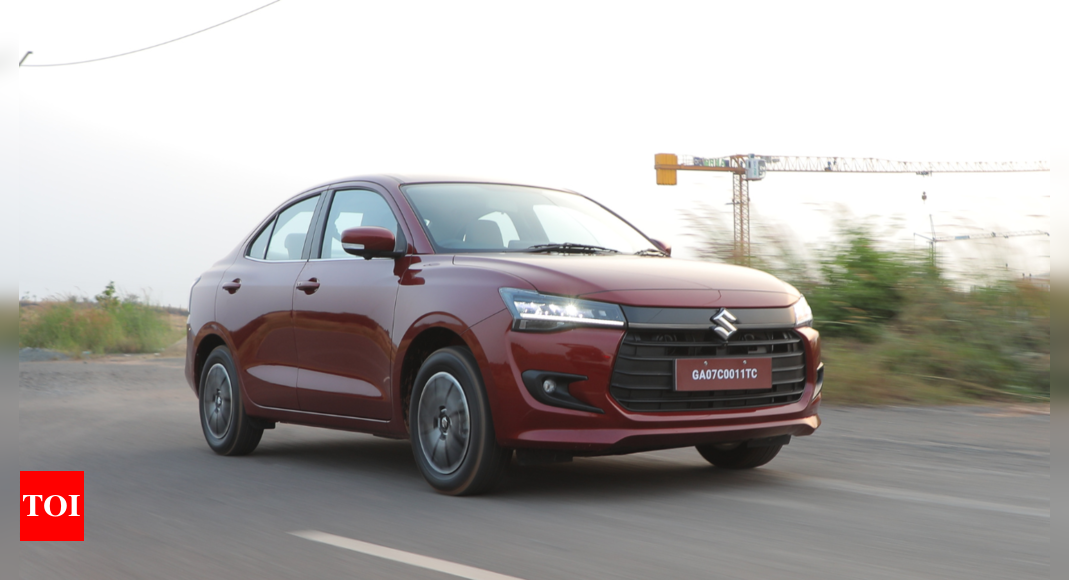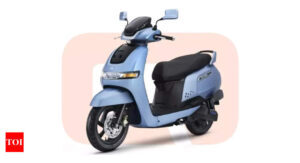[ad_1]

Homegrown Automaker Maruti Suzuki India has announced that it will hike the prices across its model range from January 2024 by up to 4 per cent, depending on the model. The automaker is implementing its annual price hike in response to increasing input and operational costs. Currently, Maruti Suzuki’s Arena portfolio consists of cars like Alto, Alto K10, Wagon R, Celerio, Swift, S-Presso, Dzire, Ertiga, Brezza and Eeco. On the other hand, the Nexa lineup currently includes Ignis, Baleno, Fronx, Grand Vitara, Ciaz, XL6, Jimny, and Invicto.
Maruti Suzuki stated, “While the company consistently works to optimize costs and reduce the impact on customers, a portion of the increased costs may need to be passed on to the market.”
Maruti Suzuki recently launched a new and updated next-generation Dzire sub-compact sedan. The new Maruti Suzuki Dzire is offered in four variants – LXi, VXi, ZXi and ZXi+. The manual gearbox is offered across all variants whereas the AMT gearbox and CNG option is available in VXI and ZXI trims. The sub-compact sedan is priced between Rs 6.79 lakh to Rs 10.14 lakh (ex-showroom, introductory). The new Dzire also has scored an impressive 5-star safety rating in adult occupant protection and a 4-star safety rating for child occupant protection. By this, the fourth-generation Dzire is the first Maruti ever to have scored a 5-star rating from Global NCAP. The Dzire secured a score of 31.24 points out of 34 in adult occupant protection and child occupant protection, the Dzire secured 39.20 points out of 42.
Mahindra BE 6e Review: Indian EV Muscle Rivals Europe! | TOI Auto
Hyundai Motor India too recently announced that it will raise the prices of its vehicle lineup, effective January 1, 2025. The price increase will vary by model, with up to Rs 25,000. Popular models from Hyundai in India include Hyundai Creta, Venue, Grand i10 NIOS, Aura, Verna, and others. In addition, luxury automakers such as Audi, BMW, and Mercedes-Benz have also confirmed price increases for their vehicles. These hikes are being attributed to rising input, transport and operational costs.
[ad_2]


